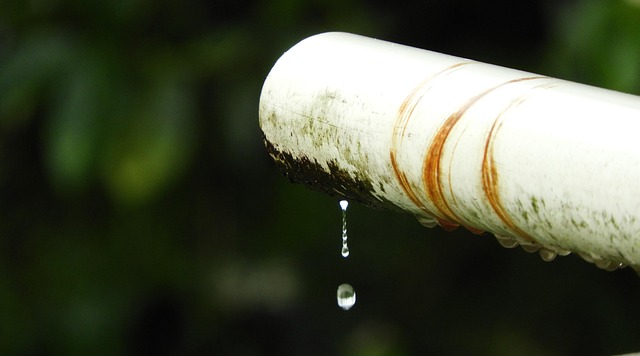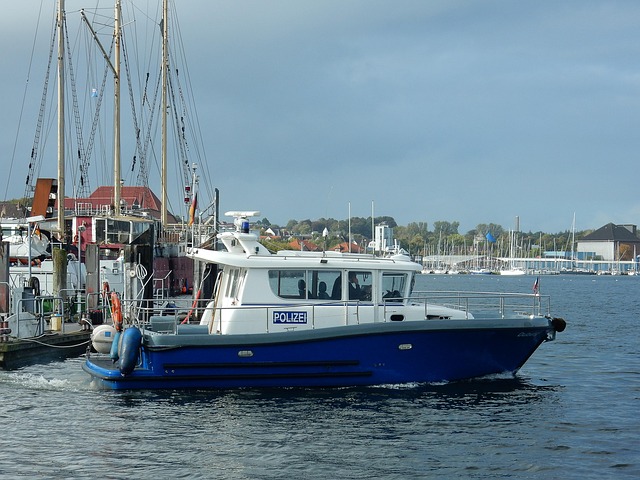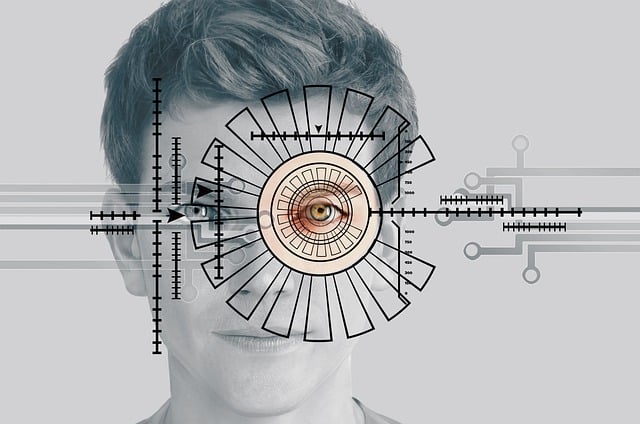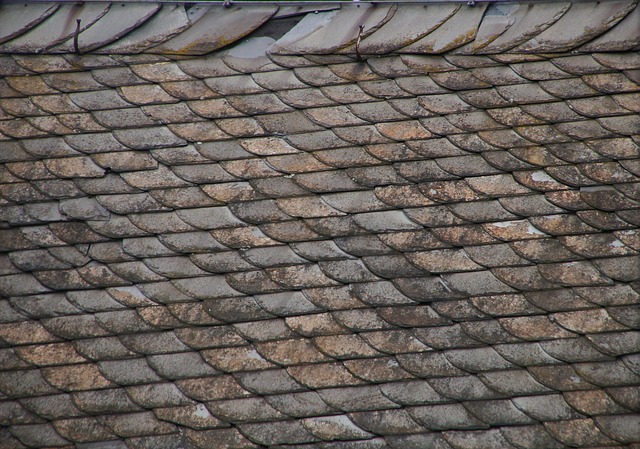Non-invasive leak detection technology is transforming water and industrial management by swiftly identifying leaks without damage, using sensors and signal-based methods like RF and ultrasonic waves. This revolutionizes infrastructure maintenance, reduces water waste, operational costs, and environmental impact, especially in today's context of water scarcity and sustainability concerns. While facing challenges in complex underground environments, future innovations include IoT for real-time monitoring, AI for accurate predictions, and drone technology for access to hard-to-reach areas, enhancing overall leak detection efficiency across industries.
Non-invasive leak detection technology is transforming how we identify and mitigate fluid leaks across various industries. This innovative approach offers a safer, more efficient alternative to traditional invasive methods, eliminating the risks associated with entry into confined spaces. By leveraging advanced sensors and data analytics, non-invasive systems can pinpoint leak sources with remarkable accuracy, reducing downtime, minimizing environmental impact, and optimizing maintenance strategies.
This article explores the evolving landscape of leak detection technology, delving into its benefits, applications, and future prospects.
Understanding Non-Invasive Leak Detection: A Brief Overview

Non-invasive leak detection is a cutting-edge technology transforming the way we identify and mitigate water leaks in various settings, from residential homes to commercial buildings. Unlike traditional methods that involve digging and disrupting structures, non-invasive techniques offer a swift, efficient, and environmentally friendly alternative. By employing advanced sensors and sophisticated algorithms, these systems can pinpoint leak sources without causing any damage or disruption to the surrounding areas.
This innovative approach leverages radio frequency (RF) technology, ultrasonic waves, and other signal-based methods to create a comprehensive map of water distribution networks. Any anomalies or leaks within these networks are then detected and localized, enabling prompt repair. By adopting non-invasive leak detection solutions, organizations can significantly reduce water waste, lower operational costs, and enhance their sustainability efforts.
The Need for Efficient and Safe Leakage Monitoring

In today’s world, efficient and safe leakage monitoring is more critical than ever. With water scarcity and environmental concerns on the rise, early detection of leaks in irrigation systems, municipal networks, and industrial facilities is no longer just a best practice—it’s an imperative. Traditional methods, often invasive, can cause disruptions, damage infrastructure, and incur significant costs. Thus, there’s a growing demand for non-invasive leak detection technologies that offer quicker response times, minimal interference, and cost-effectiveness.
Non-invasive leakage monitoring provides a safe and reliable solution, enabling maintenance teams to identify and locate leaks without the need for excavation or disruption of service. This not only saves time and money but also minimizes environmental impact and ensures continuous operation, particularly in vital infrastructure like water supply networks. By adopting advanced leak detection systems, communities and industries can enhance their sustainability efforts, improve operational efficiency, and protect precious resources for future generations.
Technologies Behind Non-Invasive Leak Detection Systems

Non-invasive leak detection systems employ a range of advanced technologies to identify and locate leaks within various infrastructures, such as pipelines, water distribution networks, and even industrial processes. These systems offer a safer and more cost-effective alternative to traditional invasive methods, minimizing disruption and damage during the detection process.
One prominent technology is ultrasonic wave transmission, where high-frequency sound waves are emitted into the material or fluid being monitored. Any anomalies or leaks cause disruptions in these waves, which are then detected and analyzed to pinpoint the exact location of the leak. Another popular approach involves infrared thermal imaging, which identifies temperature variations resulting from heat loss due to a leak. This method is particularly useful for detecting leaks in buried pipes or hard-to-reach areas. Additionally, ground-penetrating radar (GPR) technology bounces electromagnetic waves off underground structures, enabling the detection of voids or anomalies that could indicate a leak. These non-invasive techniques revolutionize leak detection, ensuring prompt identification and repair without causing further damage or disruptions.
Advantages of Employing Non-Invasive Methods over Traditional Ones

Non-invasive leak detection offers several advantages over traditional, invasive methods. One of the most significant benefits is minimal disruption to existing infrastructure. Traditional methods often require digging or accessing confined spaces, which can cause delays and additional costs due to repair and restoration efforts. In contrast, non-invasive techniques enable technicians to pinpoint leaks without such intrusions, preserving structures and reducing downtime.
Additionally, non-invasive leak detection methods are more efficient and cost-effective in the long run. They employ advanced technologies like infrared thermography and acoustic sensors that can identify leaks at early stages, preventing further damage and costly repairs. This proactive approach not only saves money but also extends the lifespan of pipes, systems, and structures, making it a smarter and more sustainable choice for leak detection.
Common Applications Across Industries

Leak detection technologies have found their way into various industries, revolutionizing how we identify and mitigate potential risks associated with fluid leaks. From manufacturing to oil and gas, healthcare to transportation, non-invasive leak detection methods are becoming increasingly integral. In these sectors, the ability to pinpoint and repair leaks swiftly is not just a matter of efficiency but also cost savings and environmental protection.
For instance, in industrial settings, advanced sensors can detect even minor variations in pressure or sound, enabling early leak identification. This proactive approach minimizes damage to equipment, prevents costly downtime, and reduces the risk of hazardous situations. Similarly, in the energy sector, non-invasive techniques are employed to surveil pipelines and storage facilities, ensuring the integrity of critical infrastructure and mitigating environmental disasters before they occur.
Challenges and Limitations to Consider

While non-invasive leak detection offers numerous benefits, it’s not without its challenges and limitations. One significant hurdle is navigating complex underground environments, especially in urban areas with dense piping networks. Traditional methods often require extensive excavation or drilling, which can be costly and disruptive to established infrastructure. Additionally, the presence of varying soil conditions, obstructions, and pre-existing utilities adds complexity, making accurate leak localization challenging.
Furthermore, the effectiveness of non-invasive techniques heavily relies on high-quality data acquisition and sophisticated analysis algorithms. Background noise, signal interference, and variable environmental factors can impact the accuracy of results. Older or corroded pipes may also pose challenges as they can alter or mask the signals used for detection, necessitating specialized equipment and expert interpretation.
Future Trends and Innovations in Leak Detection Technology

As technology advances, the future of leak detection is set to be transformed by innovative solutions that promise increased efficiency and accuracy. One prominent trend is the integration of Internet of Things (IoT) devices, which enable real-time monitoring of water pipelines and immediate alerts for potential leaks. These smart sensors can detect even the smallest anomalies in water flow patterns, providing valuable data for proactive maintenance.
Another exciting development is the application of artificial intelligence (AI) and machine learning algorithms. By analyzing historical leak data and combining it with sensor readings, AI models can predict leak locations with remarkable accuracy. This predictive capability allows for targeted inspection and repair, reducing the time and resources wasted on comprehensive pipeline checks. Moreover, advancements in drone technology are opening new avenues for leak detection, especially in hard-to-reach areas, making the process faster, safer, and more cost-effective.
Case Studies: Successful Implementations

Successful implementations of non-invasive leak detection have been witnessed across various industries, showcasing its versatility and effectiveness. For instance, in the water distribution sector, several municipalities have adopted advanced technologies to identify and rectify leaks before they escalate. These case studies demonstrate significant reductions in water loss, leading to substantial cost savings for communities. By employing smart sensors and data analytics, utility companies can now pinpoint leak locations with precision, enabling swift repair and minimizing environmental impact.
Another notable example is the oil and gas industry, where non-invasive leak detection plays a crucial role in maintaining safety and operational efficiency. Regular monitoring of pipelines and storage facilities has revealed numerous leaks at an early stage, preventing potential disasters and ensuring compliance with regulatory standards. These successful implementations highlight the adaptability of non-invasive techniques, proving them as valuable tools for various sectors striving to enhance their leak management strategies.
